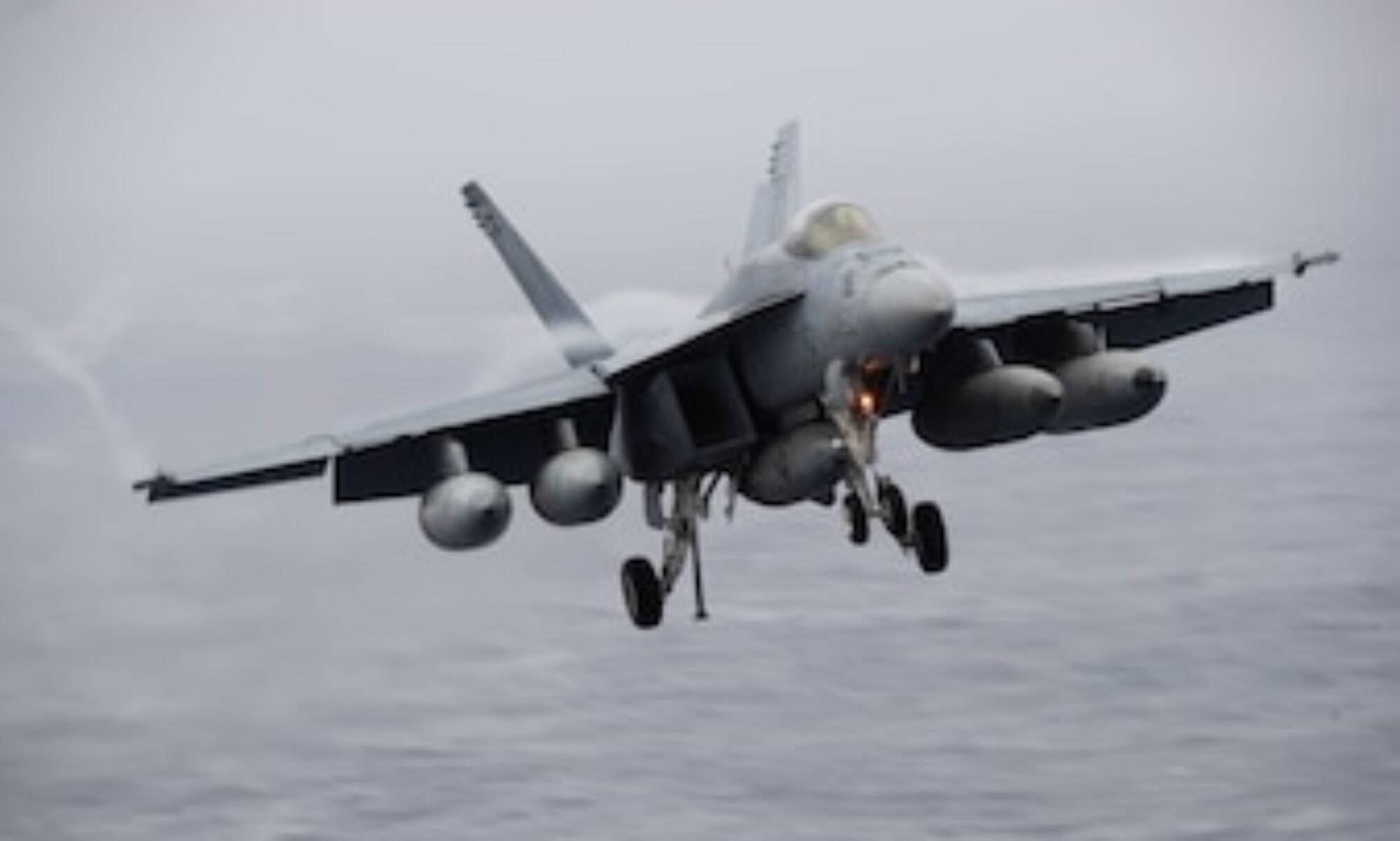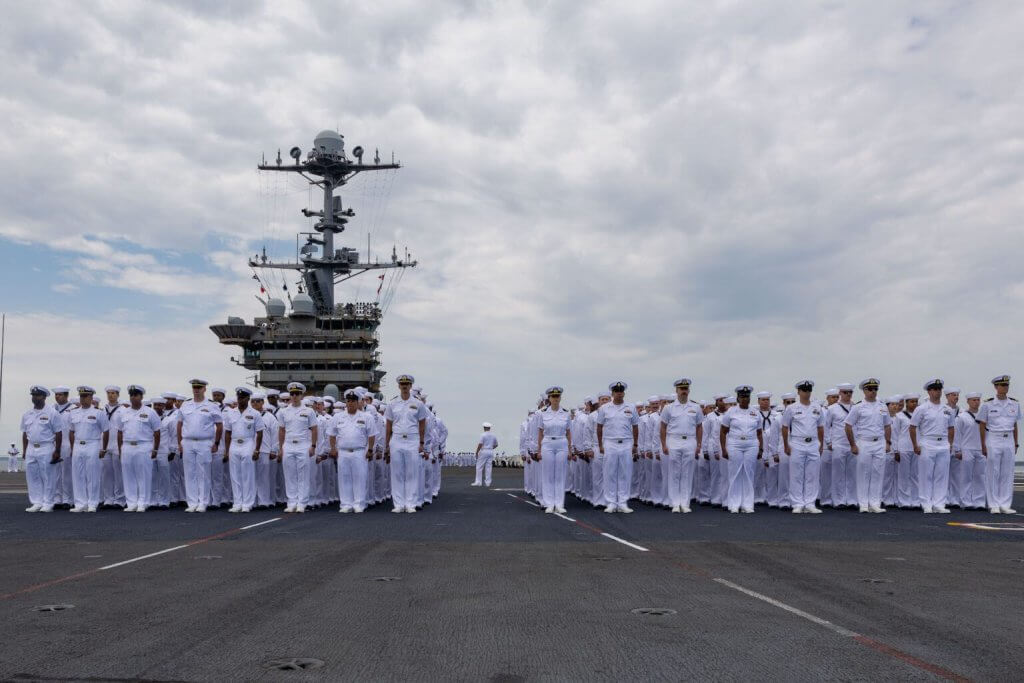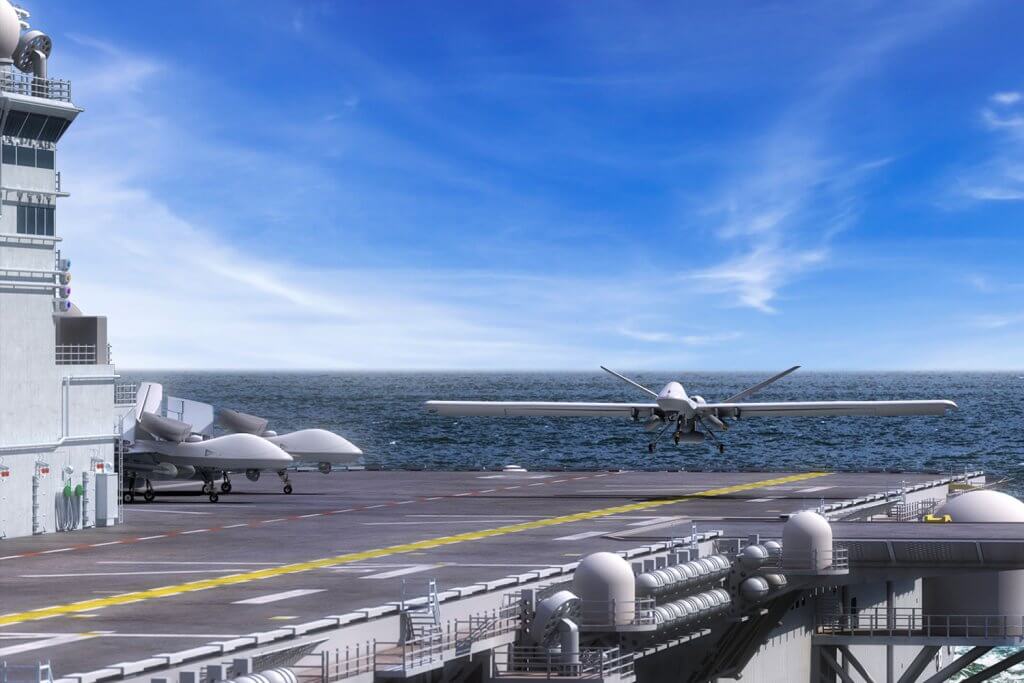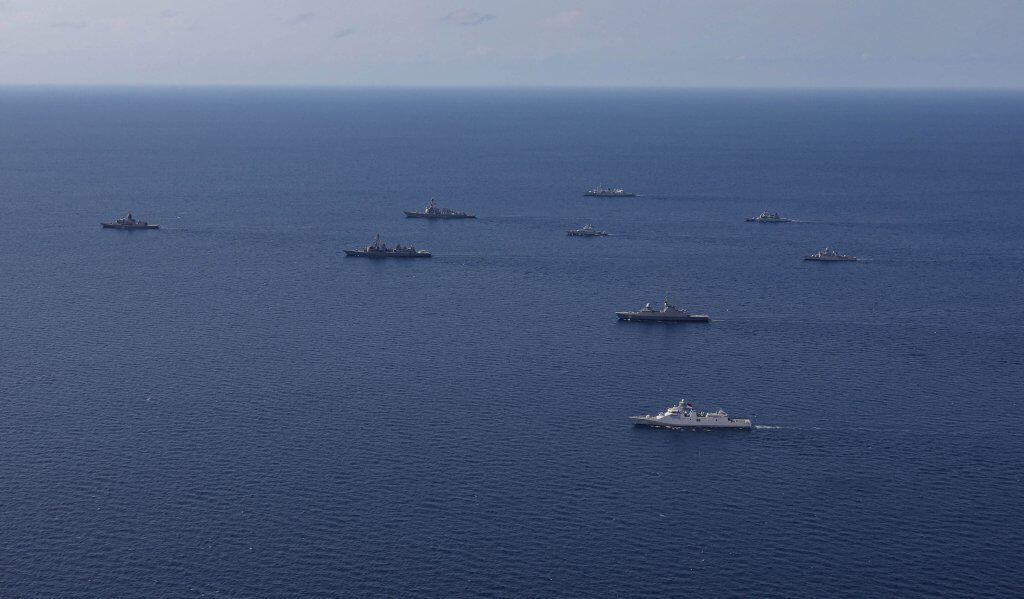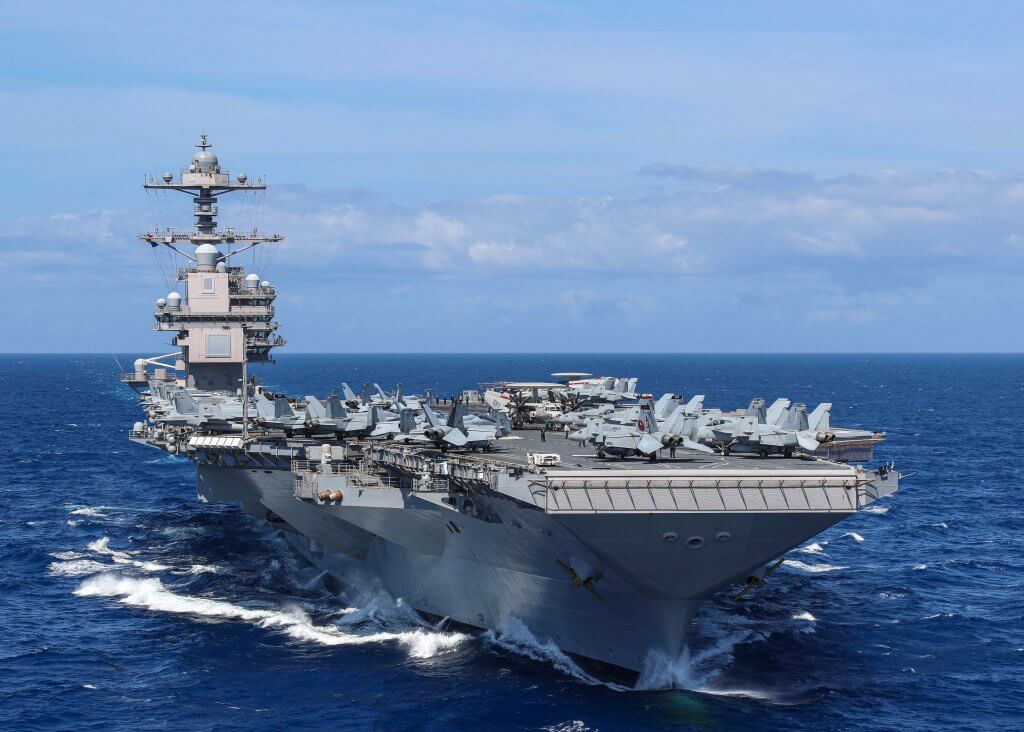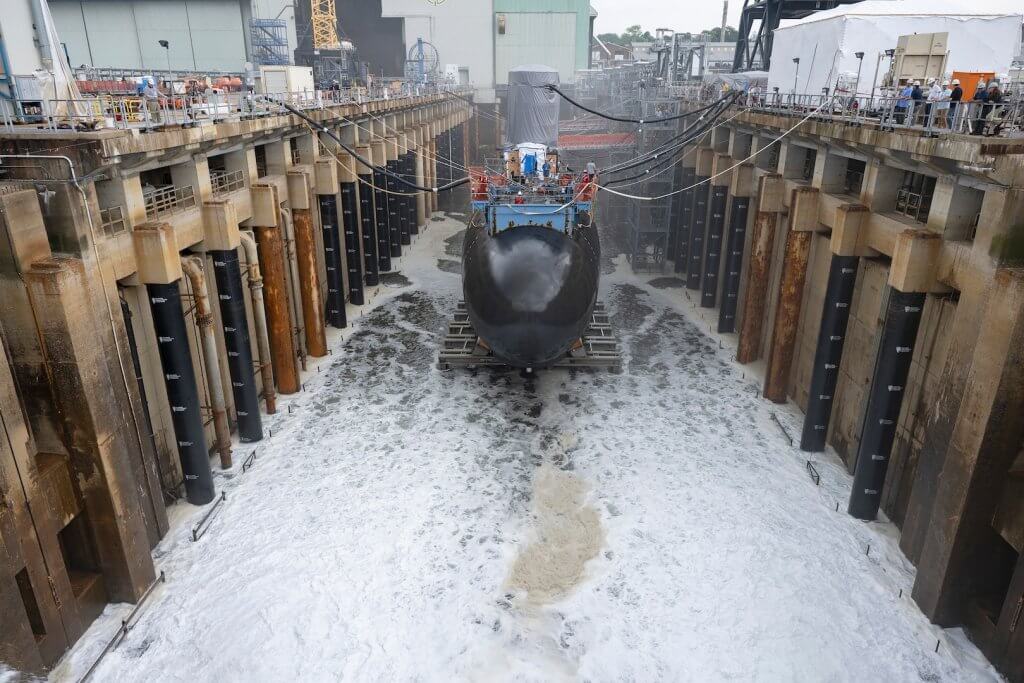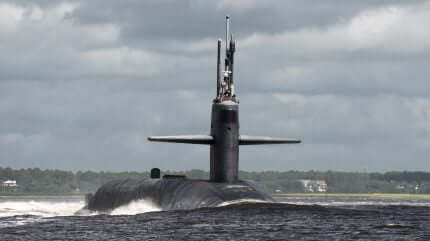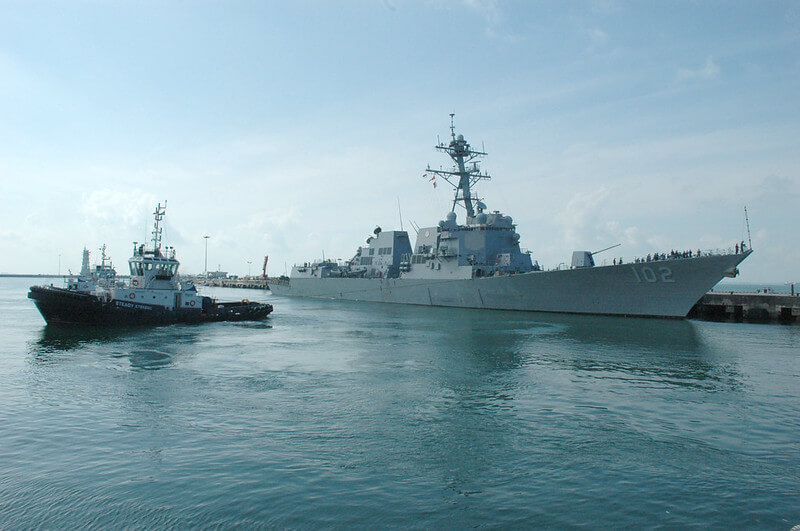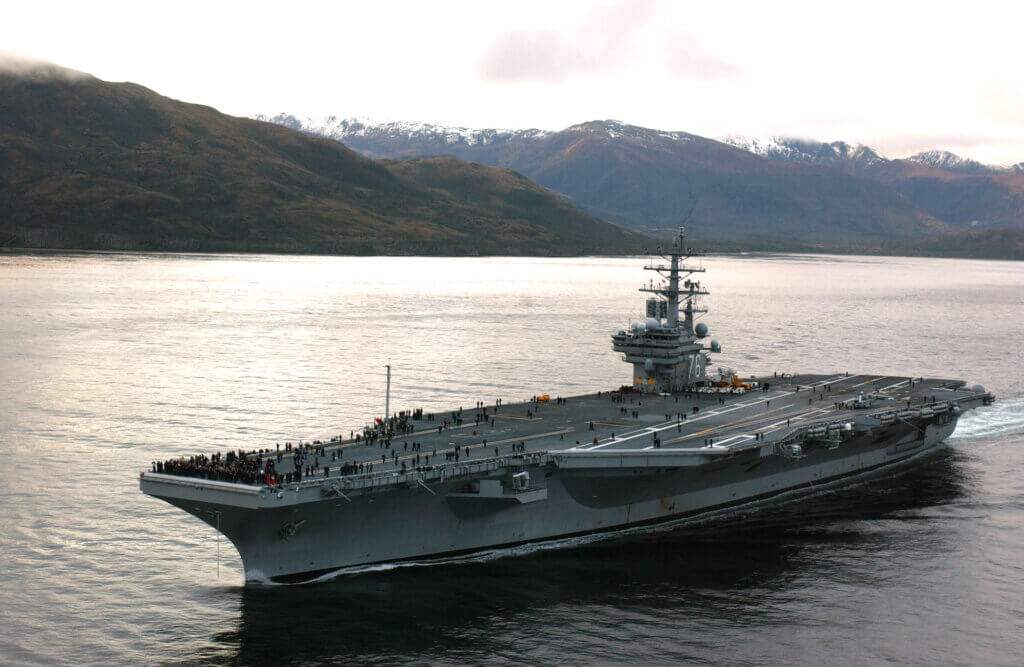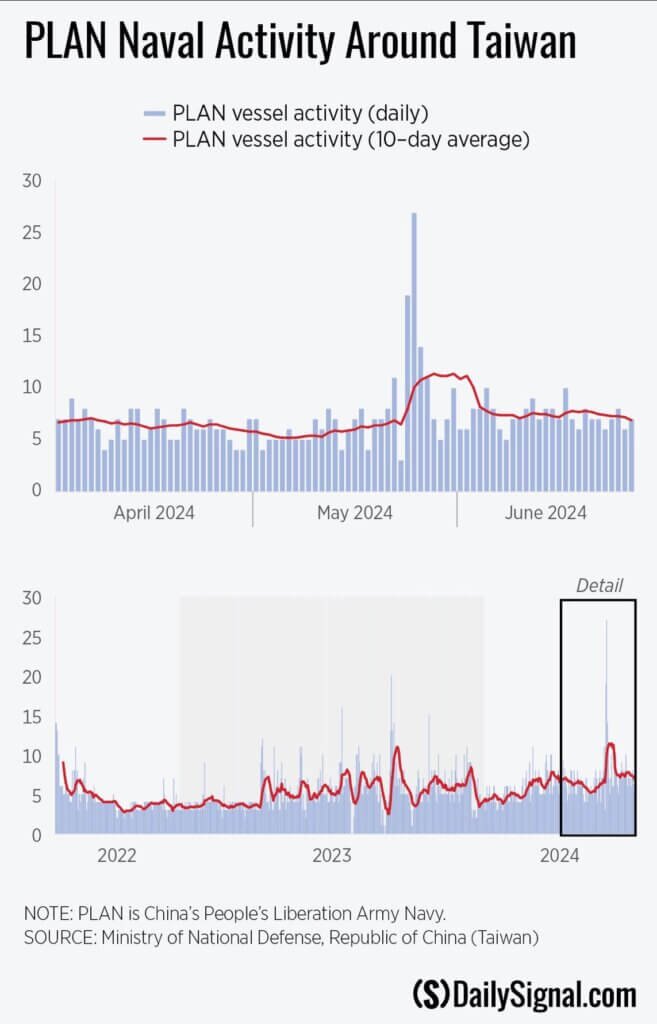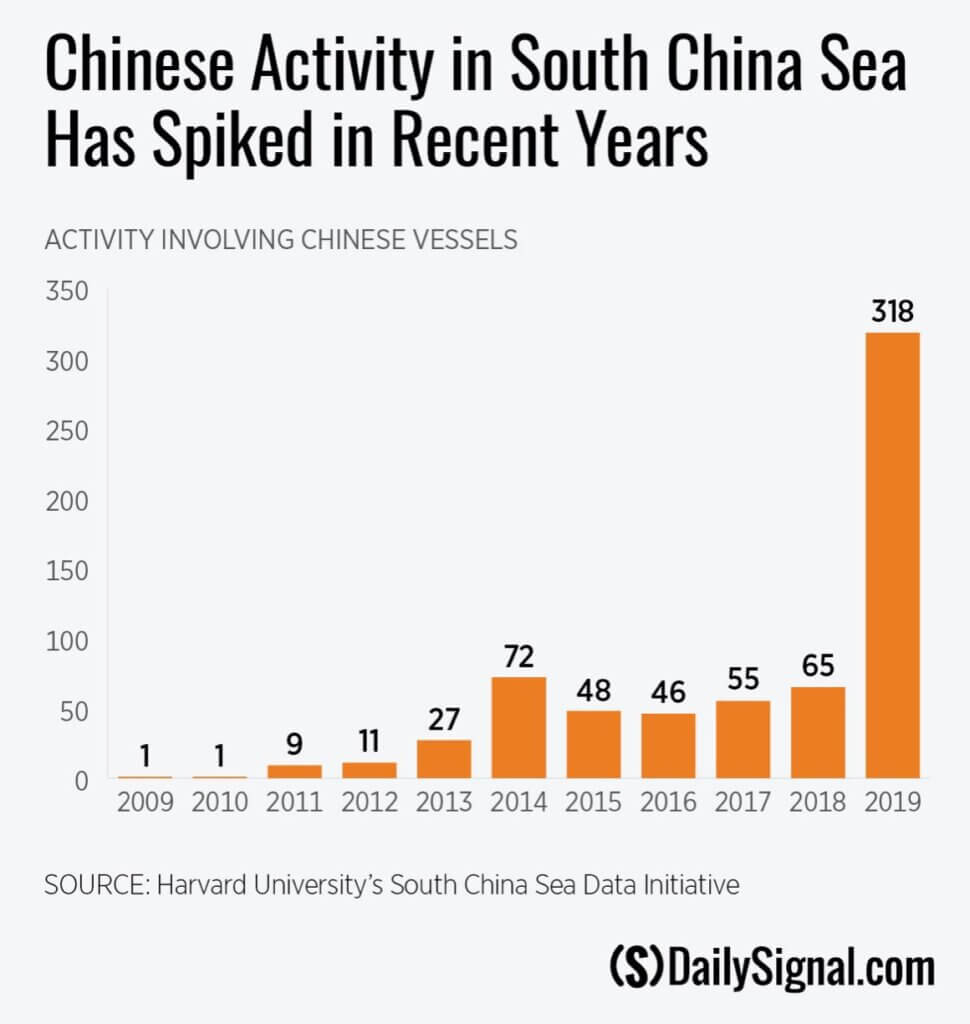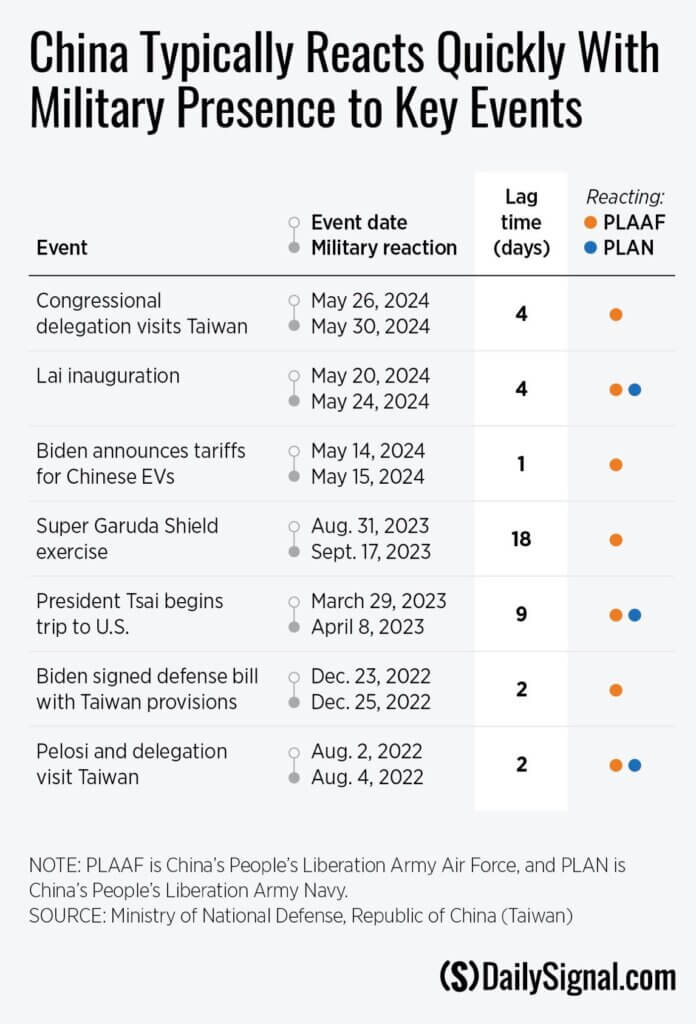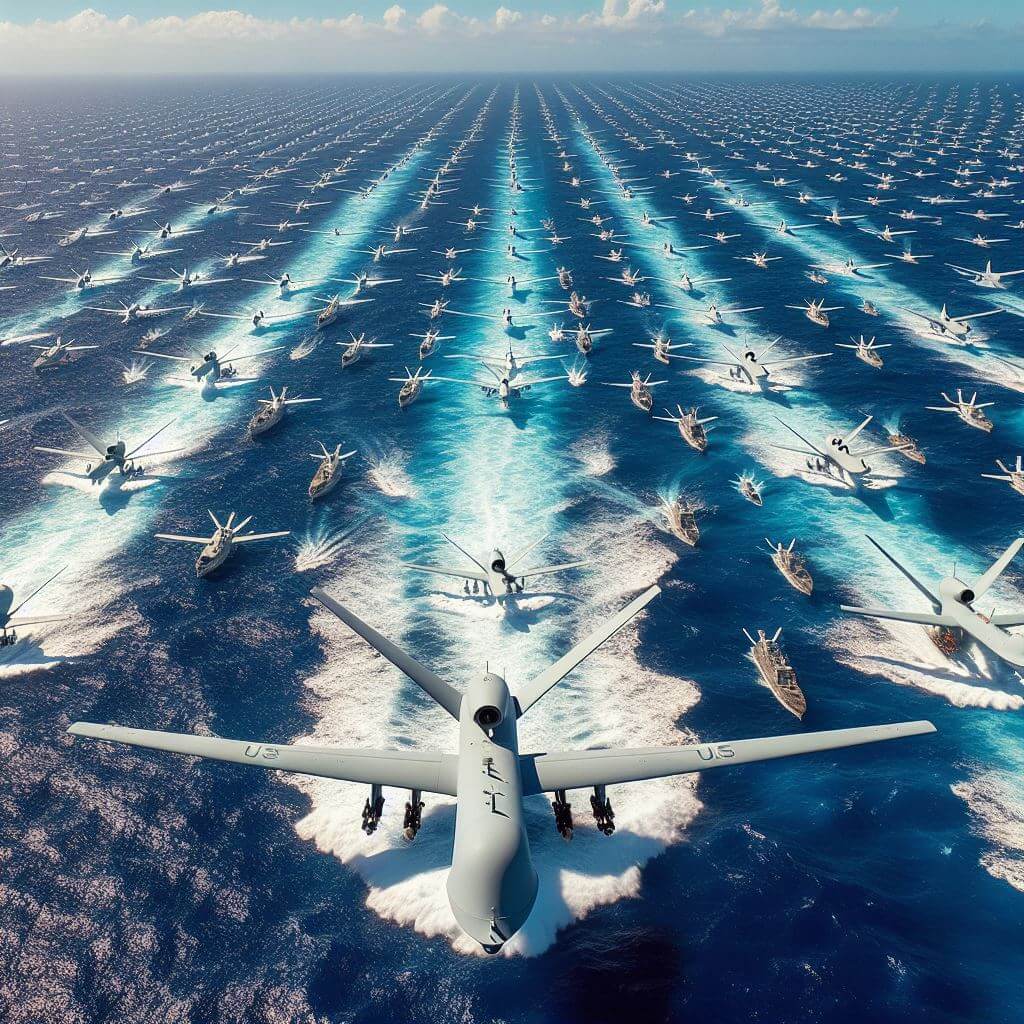
Introduction
As we continue our deep dive into Project 33, we’ve seen how the Navy is actively investing in cutting-edge technologies like autonomous vehicles. We are fortunate to have insights from Dr. Steven Wills, Navalist at the Center for Maritime Strategy at the Navy League of the United States and Senior Advisor to Americans for a Stronger Navy. Dr. Wills, author of “Strategy Shelved: The Collapse of Cold War Naval Strategic Planning,” is an expert in U.S. Navy strategy and policy, particularly in surface warfare programs and platforms. Drawing from his extensive experience and research, Dr. Wills shared his thoughts on the progress and challenges of integrating unmanned systems into the Navy’s operations.
The Importance of Distributed Command and Control
At the heart of Project 33 is the concept of enabling our fleets to operate as a cohesive, yet dispersed, force capable of adapting to dynamic and complex threat environments. Command centers, such as Maritime Operations Centers (MOCs), play a crucial role in this distributed approach, serving as the nerve centers that link together various platforms, assets, and capabilities. To succeed in a high-end conflict, the Navy must have the ability to control and coordinate forces across vast distances, making use of both manned and unmanned systems.
Dr. Steven Wills’ Expert Insights on Unmanned Systems Integration
As Dr. Wills points out, “The MQ-25A is expected to be the basis for an unmanned strike aircraft to be fielded in the near future as the Navy seeks to make the carrier air wing 60% unmanned by 2035-2040.”
This development is a clear example of how the Navy is moving toward a more distributed, networked approach, where unmanned systems not only extend the reach of manned assets but also enhance their effectiveness.
Practical Impacts: The MQ-25A and Uncrewed Surface Ships
The introduction of the MQ-25A next year marks a pivotal step forward in Project 33’s implementation. This unmanned aerial refueling aircraft will eliminate the inefficient practice of “buddy tanking,” where F/A-18s are used as tankers, freeing them up for their primary combat missions. As Dr. Wills highlights, the MQ-25A’s deployment will significantly enhance the operational efficiency of carrier air wings, allowing for extended range and strike capabilities.
Similarly, the Navy’s uncrewed surface ship project is progressing, with plans to field uncrewed ships as additional missile magazines for our destroyers. This not only increases the fleet’s offensive and defensive capabilities but also reduces the risk to personnel, demonstrating how unmanned systems are seamlessly integrated into distributed operations.
The Human Element: Training and Maintenance
Dr. Steven Wills also offers an essential reminder that the adoption of unmanned systems doesn’t diminish the need for skilled sailors. Instead, it shifts the focus toward training personnel to maintain and repair these advanced systems. The Navy’s robotics initiative under Project 33 will require recruiting and training a new generation of sailors adept at operating and sustaining unmanned technologies, ensuring that we remain at the forefront of maritime innovation.
“The adoption of unmanned systems doesn’t diminish the need for skilled sailors. Instead, it shifts the focus toward training personnel to maintain and repair these advanced systems.” – Dr. Steven Wills
Why This Matters for Distributed Operations
The integration of unmanned systems is more than just adding new tools to the fleet—it’s about building a networked, adaptable force capable of responding to threats quickly and decisively. By incorporating autonomous vehicles into distributed command structures, the Navy gains flexibility, increased reach, and the ability to execute missions with greater precision and efficiency.
As Dr. Steven Wills rightly emphasizes, these advancements represent the future of naval warfare, where manned and unmanned assets work in concert to achieve strategic objectives.
Conclusion
Project 33’s emphasis on distributed command and control is a testament to the Navy’s commitment to preparing for future conflicts. By integrating unmanned systems like the MQ-25A and uncrewed surface ships, we’re not just enhancing the Navy’s capabilities—we’re fundamentally changing how we operate, ensuring that our fleets remain agile, adaptable, and ready for any challenge.
The road ahead will require continued investment, innovation, and the support of the American public. Together, we can ensure that the Navy remains a dominant force in an increasingly complex world. Please support the Navy and the Americans for Stronger Navy by following us on Facebook or by completing the contact us page by clicking here.
Dr. Wills, author of “Strategy Shelved: The Collapse of Cold War Naval Strategic Planning,” is available on Amazon. For details click here.
